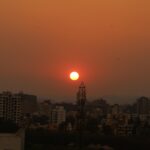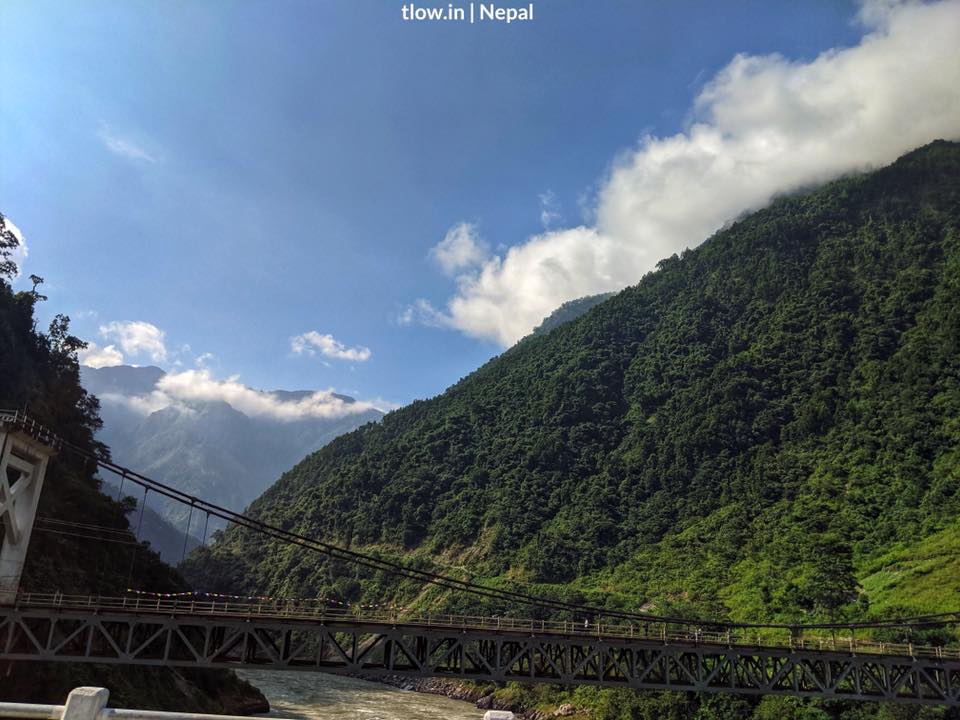
Caves in Pokhara: Hidden Depths of Nepal
Nestled in the picturesque city of Pokhara, Nepal, lies a hidden world beneath the Earth’s surface – the Caves of Pokhara. These mystical are a testament to the captivating mysteries of nature and the rich geological history of the region. While the exact formation date of these caves remains a geological puzzle, their allure has drawn explorers and adventure seekers for generations.
They are primarily known for their stunning stalactites and stalagmites formations, created over thousands of years as mineral-rich water slowly dripped and solidified. The fascinating interplay of light and shadows in these underground chambers adds to their enchantment.
Table of Contents
The name “Pokhara” is believed to have originated from the ancient Sanskrit word “Pokhari,” which means “pond.” This nomenclature is a reference to the serene Phewa Lake that graces the city. Pokhara, with its caves, is a place where nature and history coexist in harmony, offering a unique adventure for travellers.
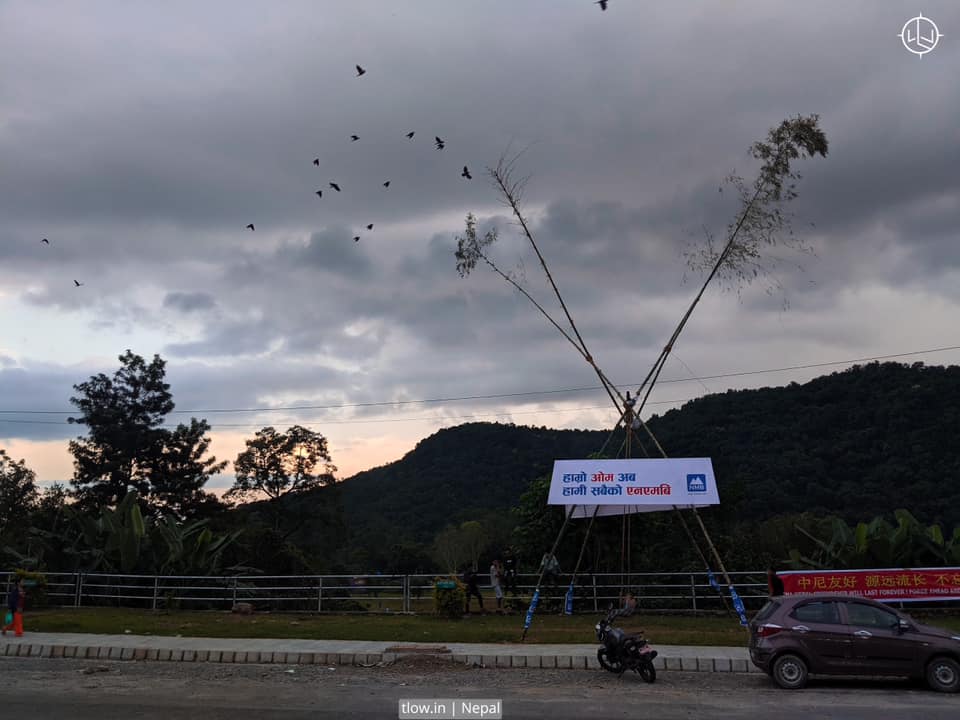
Facts about Caves in Pokhara
1. The most famous caves here are the Gupteshwor Cave, Bat Cave, and Chamero Gufa.
2. The Cave is dedicated to Lord Shiva and is revered by Hindus.
3. The caves are made of limestone and are believed to be over two million years old.
4. The stalactites and stalagmites formations inside the caves resemble various shapes, inspiring imaginative names like “Shiva Linga” and “Ganesha.”
5. The Cave houses a sacred waterfall that flows from the ceiling, dropping onto a Shiva Linga.
6. Visitors often need to pass through narrow, winding pathways and low ceilings, adding an element of adventure to the exploration.
7. The Bat Cave is named for the numerous bats that inhabit its chambers.
8. The Bat Cave provides an eerie and mysterious experience with its pitch-dark passages.
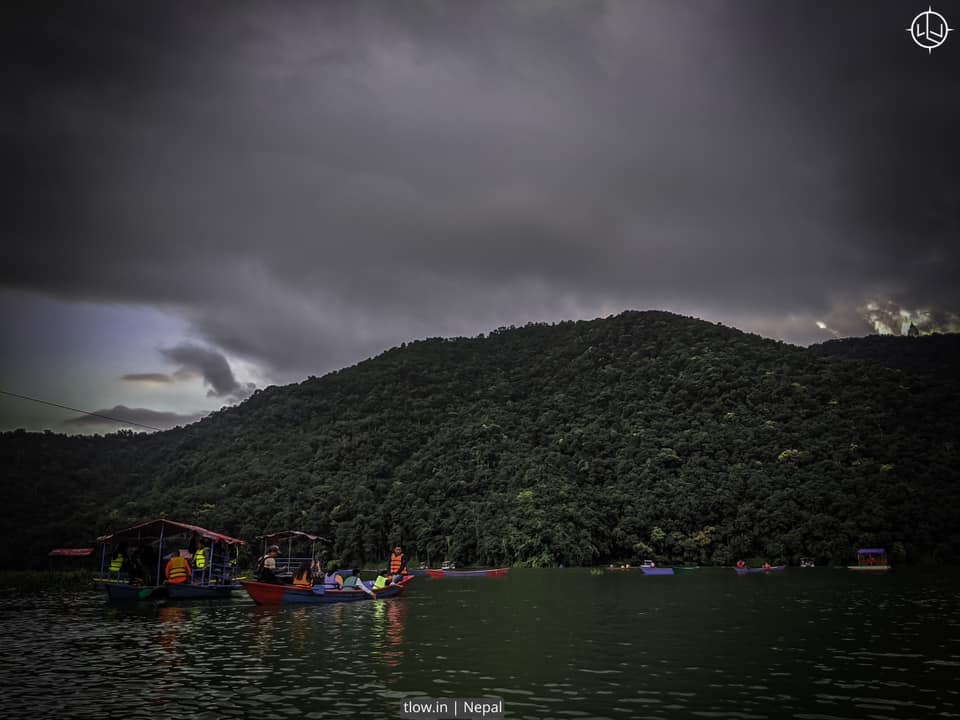
9. Chamero Gufa, also known as the Chamare Cave, offers a quieter and less-visited cave exploration.
10. They are illuminated with dim lighting, allowing visitors to admire the formations without disturbing their natural beauty.
11. The temperature inside the caves remains relatively constant throughout the year, providing a cool escape during hot summers.
12. Photography is allowed in most areas of them, capturing the unique beauty within.
13. Local guides are available to provide insights into the geological formations and cultural significance.
14. They are easily accessible from the city, making them a popular day trip destination.
15. They are a part of Pokhara’s broader natural attractions, including Phewa Lake and the Annapurna Mountain Range.
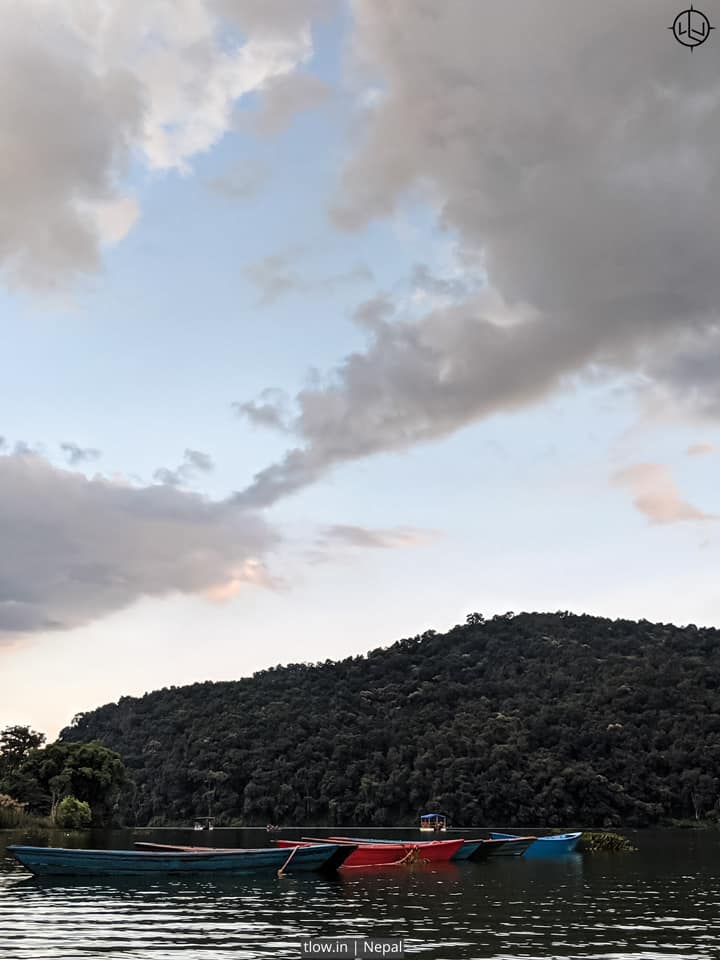
Nearby Places to Explore
1. Phewa Lake: After your adventure, unwind by the tranquil Phewa Lake. You can enjoy boating or simply take in the serene views of the surrounding hills.
2. Davis Falls: Located nearby, Davis Falls is a mesmerising waterfall where the Pardi Khola river disappears underground.
3. World Peace Pagoda: Perched on a hilltop overlooking Pokhara, this stupa offers panoramic views of the city and the Annapurna Range.
Best Time to Visit Caves in Pokhara
The best time to explore these in Pokhara is during the dry seasons, which are autumn (September to November) and spring (February to April). During these months, the weather is pleasant, and the risk of rainwater seepage is minimal. They are also less crowded during these times, allowing for a more peaceful and enjoyable exploration.
Things to Take Care or Avoid in Caves in Pokhara
1. Footwear: Wear comfortable and sturdy shoes suitable for walking in uneven and sometimes slippery terrain.
2. Respect for Sacred Sites: If visiting Gupteshwor Cave, be mindful of its religious significance to Hindus. Dress modestly and maintain a respectful demeanour.
3. Lighting: While some areas are dimly lit, it’s a good idea to bring a small flashlight or headlamp for better visibility.
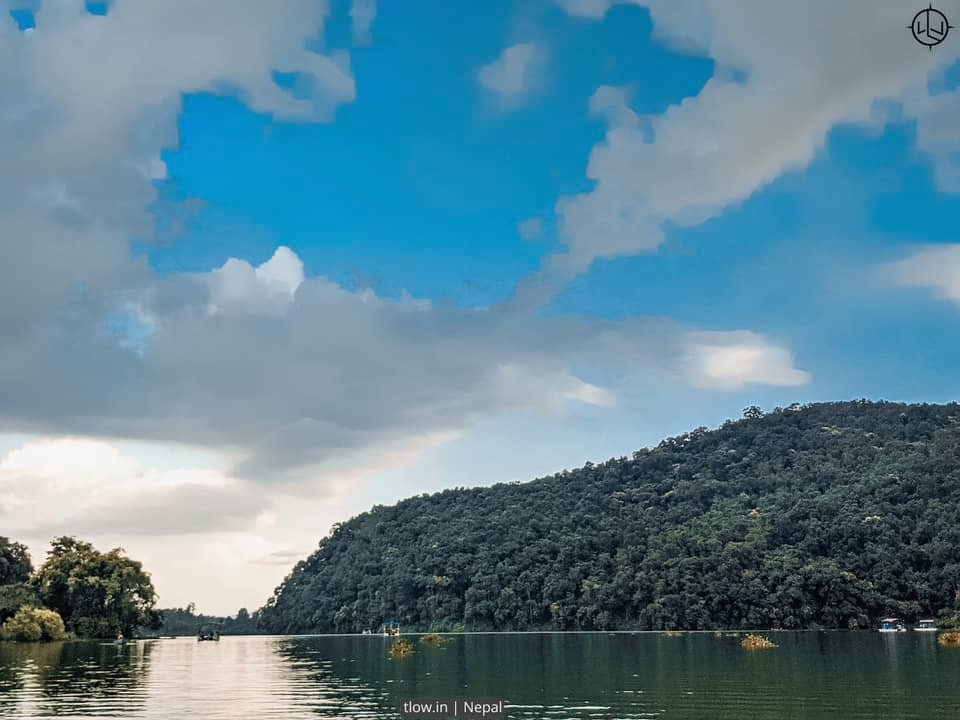
4. Guides: Consider hiring a local guide who can provide valuable insights and ensure your safety inside them.
5. Caution in Dark Areas: Exercise caution in dark areas to prevent tripping or bumping into formations.
Best Detailed Day-Wise Itinerary to Explore Caves in Pokhara
Day 1: Cave Exploration and Pokhara Highlights
– Morning: Start your day early by visiting Gupteshwor Cave. Explore its stunning formations and sacred waterfall.
– Mid-Morning: Head to the Bat Cave for a unique underground adventure.
– Lunch: Enjoy a local meal in Pokhara city.
– Afternoon: Visit Davis Falls to witness the fascinating disappearing waterfall.
– Evening: Relax by Phewa Lake and enjoy a lakeside dinner while watching the sunset.
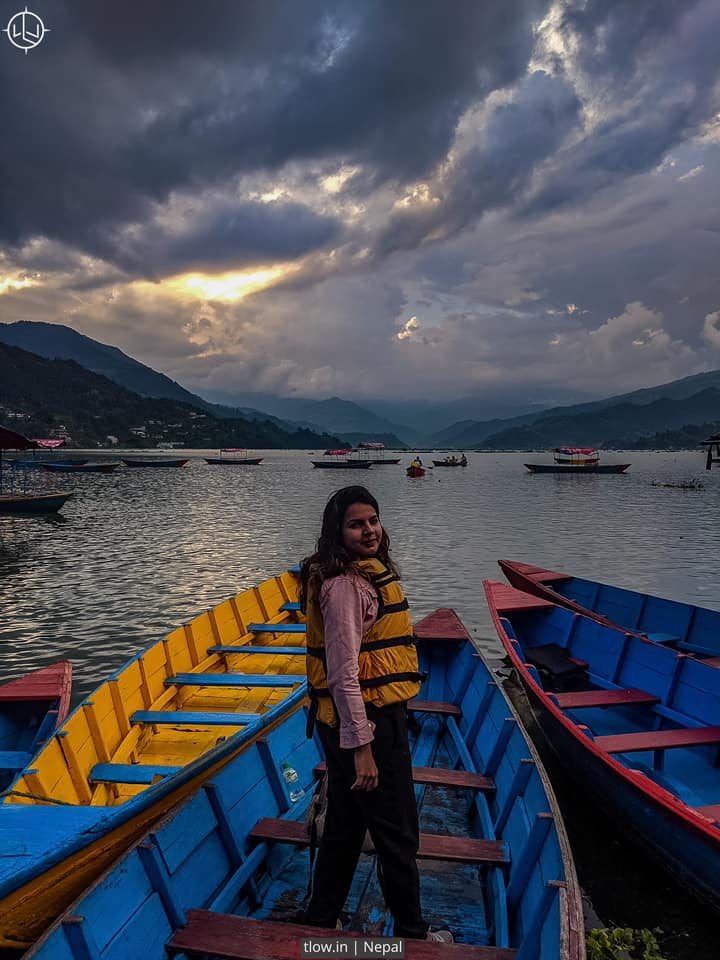
Day 2: Peace and Panorama
– Morning: Hike up to the World Peace Pagoda to catch the sunrise and take in panoramic views.
– Mid-Morning: Explore the Chamero Gufa for a quieter and more serene experience.
– Lunch: Savor a meal at one of the local restaurants in Pokhara.
– Afternoon: Spend your afternoon strolling around Pokhara, shopping for souvenirs, or simply relaxing.
– Evening: Enjoy dinner at one of Pokhara’s delightful eateries.
These two days will allow you to experience the magic of Pokhara’s caves and also explore the beauty and culture of this charming city in Nepal.





